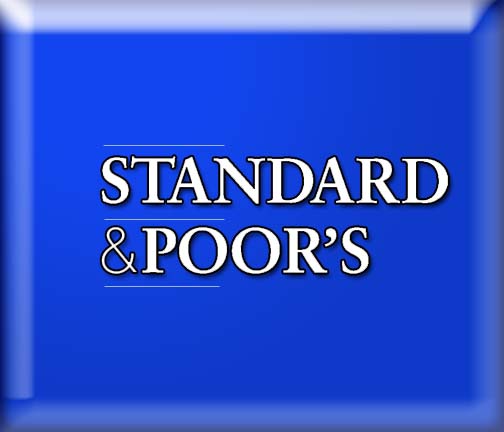S&P declassa le prospettive per il debito italiano a breve e a lungo termine, da “stabili” a “negative” pur confermandone il rating, La ragione sta nel fatto che le prospettive di crescita del paese sono giudicate deboli, l’impegno del governo ad attuare riforme che accrescano la produttività è ritenuto traballante, e una potenziale paralisi politca potrebbe contribuire alla perdita di controllo del bilancio. Bad news. Sui costi per l’Italia dell’incertezza politica rimando a quanto scritto l’anno scorso.
Ecco il comunicato
LONDON (Standard & Poor’s) May 20, 2011–
Standard & Poor’s Ratings Services today said that it has revised its outlook on the ratings on the Republic of Italy to negative from stable to reflect its views of the heightened downside risks in the government’s debt reduction plan. At the same time, Standard & Poor’s affirmed its ‘A+’ long-term and ‘A-1+’ short-term sovereign credit ratings on Italy. The transfer and convertibility assessment remains at ‘AAA’. “In our view Italy’s current growth prospects are weak, and the political commitment for productivity-enhancing reforms appears to be faltering, and potential political gridlock could contribute to fiscal slippage,” Standard & Poor’s credit analyst Eileen Zhang said. “As a result, we believe Italy’s prospects for reducing its general government debt have diminished.” The negative outlook on Italy (unsolicited rating A+/Negative/A-1+) reflects Standard & Poor’s view of the mainly downside risks to the government’s debt-reduction plan over the 2011-2014 period, and implies a one-in-three chance that the ratings could be lowered within the next 24 months. In our view, these downside risks will primarily stem from weaker growth than our current assumption of average GDP growth of 1.3% over the 2011-2014 period. In addition, extended political gridlock could contribute to fiscal slippage. If one or a combination of these risks materializes, Italy’s general government debt could stagnate at the current high level. In this case, we may lower the long- and short-term ratings on Italy. On the other hand, if the government manages to gather political support for the implementation of competitiveness-enhancing structural reforms, paving the way for higher economic growth and faster reduction of its debt burden, the ratings could remain at the current level.


